Understanding Common Orthodontic Problems
Orthodontic problems are common, very few people are born with perfectly aligned teeth. A misaligned bite, known as malocclusion, can affect chewing, speaking, oral hygiene, and even facial aesthetics. These problems may be inherited or caused by habits like thumb sucking, dental disease, poor hygiene, accidents, birth defects, or medical conditions. Malocclusions can range from mild to severe, with one of the most common being an overbite, which can affect the overall alignment of your teeth.
Overbite correction is often necessary to improve both the appearance and function of your smile. Understanding the orthodontic problem you or your child may have is the first step toward achieving a healthy, functional, and confident smile. Dr. Robert Becker and Dr. Craig Scott provide expert orthodontic treatment to correct these concerns and improve both the function and appearance of your teeth, including overbite correction and spacing issues.

Upper Front Teeth Protrusion
This occurs when the upper teeth extend too far forward or the lower teeth do not extend far enough. It affects both the appearance and function of your smile. Protruding teeth are often more vulnerable to damage or injury due to their position and alignment.
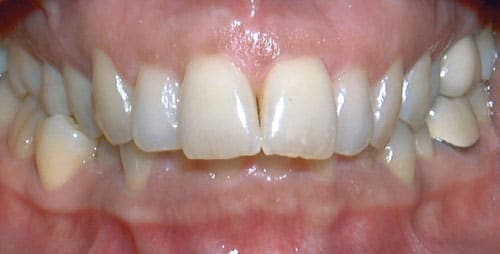
Overbite
An overbite happens when the upper front teeth extend too far over the lower front teeth. In some cases, the lower teeth may even bite into the roof of the mouth, leading to discomfort and potential damage. Left untreated, an overbite can result in wear and tear on teeth, causing further dental complications.
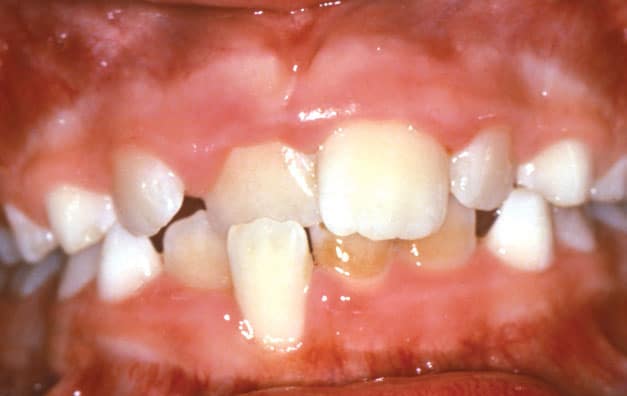
Crossbite
A crossbite occurs when the upper teeth sit inside the lower teeth instead of outside. This can contribute to uneven jaw growth and alignment issues. It can also cause teeth to wear unevenly and result in jaw pain or discomfort over time.
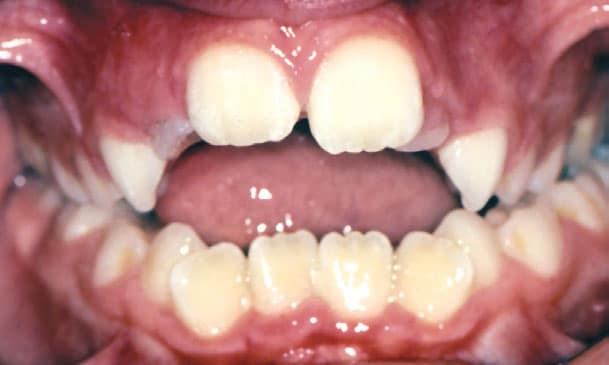
Open Bite
When the upper and lower front teeth do not overlap, chewing may become difficult. Open bites can also contribute to habits like tongue thrusting, which may require correction. This condition can affect both oral health and speech clarity if not addressed.
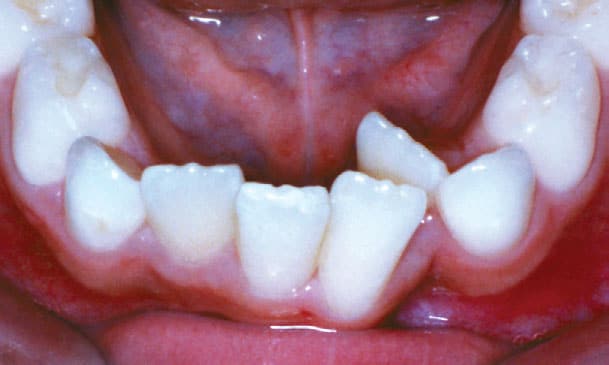
Crowding
Crowding happens when there isn’t enough space for teeth to properly erupt. Expansion treatments can often resolve crowding without the need for tooth removal. In many cases, orthodontic appliances can help shift the teeth into their correct positions to achieve a balanced smile.
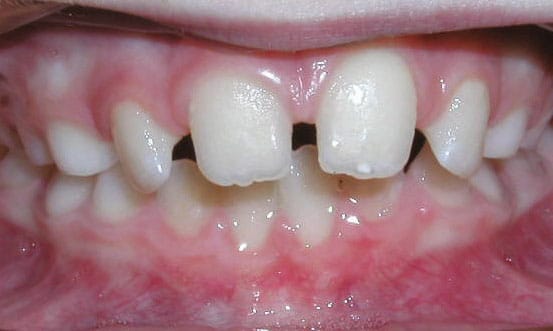
Spacing
Excessive gaps between teeth may be due to missing teeth or simply aesthetic concerns. Orthodontic treatment can close these spaces for a more uniform smile. Correcting spacing issues can not only improve the look of your smile but also help with proper oral hygiene.
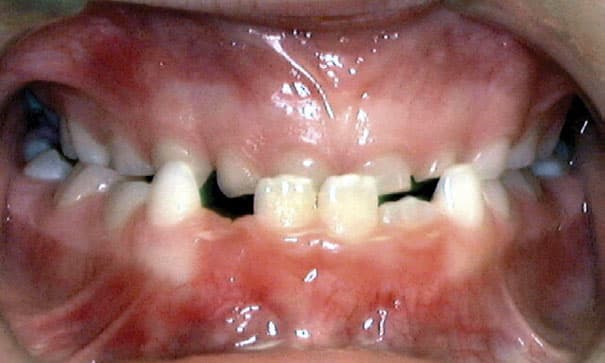
Underbite
An underbite occurs when the lower jaw extends too far forward, causing the lower front teeth to sit in front of the upper front teeth. This can impact chewing and overall jaw function. Over time, it may lead to difficulty speaking and increased stress on the jaw joint.
